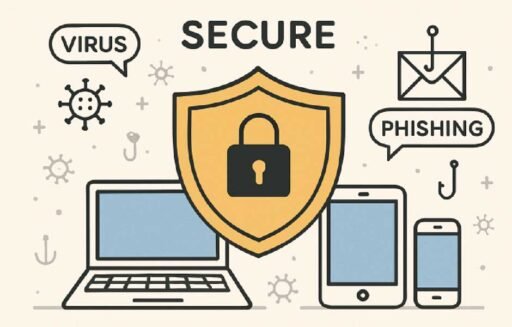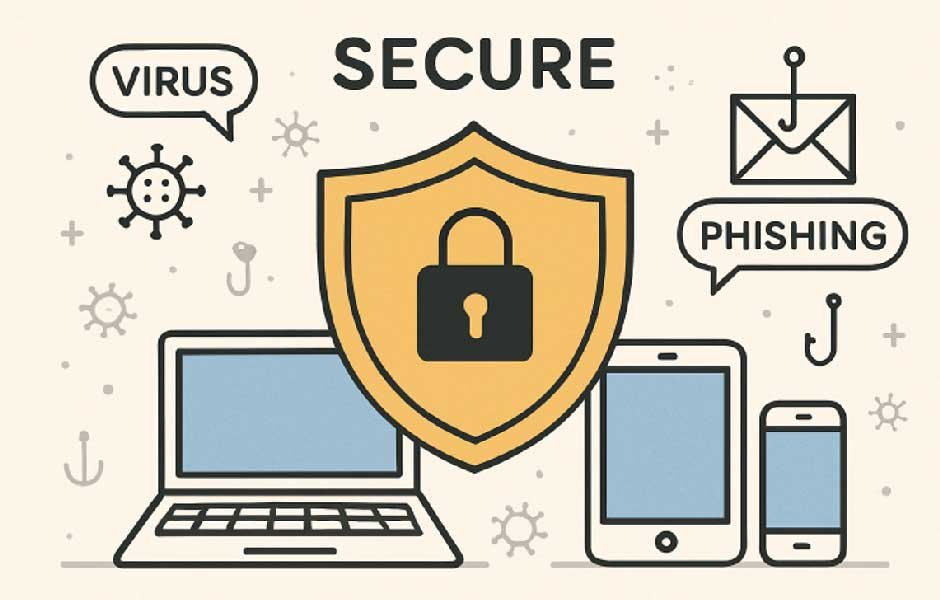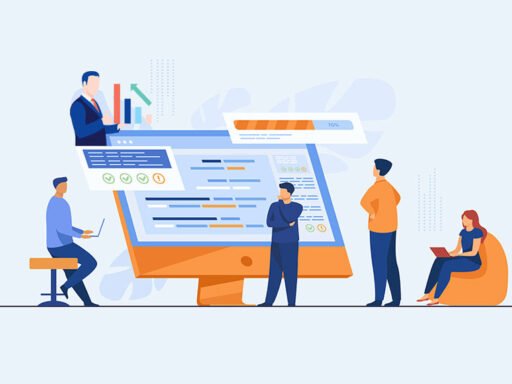Introduction: The Role of Digital Trust
Digital trust is crucial for online transactions, remote work, and banking, as it ensures information security. Compromise in trust can lead to severe business disruption or damage a brand’s reputation. Recent high-profile incidents, such as ransomware campaigns and data leaks, have highlighted the impact of breaches on reputation, trust, and customer loyalty. Recovery often requires significant investment in customer reassurance and years of rebuilding lost confidence. In such an environment, adopting comprehensive web security solutions like Versa’s secure web gateway solution is fundamental for safeguarding both your data and your brand’s integrity. Building resilience means anticipating threats before they strike, not just reacting after damage has been done. By embedding security at every digital infrastructure layer, organizations create an environment where trust can thrive. Ultimately, sustained digital trust translates into stronger customer relationships, competitive advantage, and long-term business growth.
Modern Web Threats: What Are We Facing?
Web threats have evolved far beyond basic viruses and malware. Today, organizations face a broad and ever-changing threat landscape, including phishing attacks aimed at harvesting credentials, ransomware extortion schemes, and advanced persistent threats (APTs) that quietly infiltrate networks over time. Unlike the simplistic attacks of the past, these modern threats are marked by their adaptability, sophistication, and persistence. Advanced attackers often research their targets meticulously, utilizing social engineering and technical exploits to maximize damage and minimize detection. Attackers exploit social networks, cloud infrastructures, and even AI-powered tools to bypass traditional defenses, aiming for valuable data and financial gain. The rise of remote work and the proliferation of connected devices have further expanded the attack surface, giving cybercriminals more opportunities than ever before. Cybercriminals are constantly developing new ways to evade detection and exploit overlooked vulnerabilities, putting pressure on organizations to adopt proactive and adaptable security measures.
The Human Factor: Education as a Security Layer
Despite the rise in advanced threat technologies, human error remains one of the most common causes of security breaches. Employees who click on suspicious links, fall for phishing emails, or unknowingly share confidential information can inadvertently open the door to attackers. Social engineering tactics are constantly being refined—today’s attackers mimic communications styles, use real employee names, and create fake websites that mirror legitimate ones in remarkable detail. As social engineering tactics become more convincing—with personalized messages and fake websites mirroring legitimate ones—continuous security awareness training for all users is essential. Organizations must recognize that security isn’t just a technology issue; it’s a people issue as well. Regular simulated phishing tests help employees practice what to do in real scenarios, while updated best-practices workshops keep everyone informed about the latest threats. Engaging educational content delivered in small, frequent doses fosters a culture of vigilance and shared responsibility. Building a strong “human firewall” is just as important as the technical controls in place, and organizations that prioritize their people as an active line of defense tend to report fewer successful attacks.
Staying Ahead: Proactive Prevention Strategies
Proactively defending against web threats involves a blend of technological safeguards and disciplined operational hygiene. Keeping all software—operating systems, browsers, and plugins—updated with the latest security patches eliminates numerous vulnerabilities before they can be exploited. Automating updates wherever possible ensures that devices remain protected even when IT resources are stretched or when users forget to perform manual patches. Deploying endpoint protection ensures work devices are monitored and safeguarded, even off the corporate network. At the same time, layered security—including Next-Gen Firewalls, intrusion detection systems, and smart filtering—can stop many threats before they cause harm. These tools provide granular user controls, can isolate suspicious activity, quarantine malicious files, and restrict risky web access, greatly enhancing your organization’s resilience to attacks. Effective incident response plans are another core element; the faster a threat is contained and remediated, the less damage it can cause. Ultimately, staying ahead means never becoming complacent and always questioning potential weak points in your digital defenses.
Policy and Practice: Building Digital Trust Internally
Policies and protocols are the glue that binds technical and human security efforts. Robust authentication requirements, such as multi-factor authentication (MFA), make it significantly harder for attackers to access systems, even if credentials are compromised. Clear password policies, regular audits, and mandating secure connections (for example, via VPN or zero-trust network access) further reduce risks. Communication is key: well-crafted policies must be accompanied by strong adoption and understanding throughout the organization. Clearly defined policies—covering everything from device usage to acceptable online behaviors—reduce ambiguity and help users make safe choices. For example, financial institutions implementing zero-trust principles and advanced user verification were able to reduce unauthorized access incidents by over 60%, according to recent reports from IBM. These real-world cases reinforce that sound policy and practical application are just as critical as the technology tools in building trust within an organization, ensuring employees feel empowered to act securely and confidently in their daily roles.
Security Tools: Balancing Protection and Performance
It’s no longer enough for security tools to simply block threats—they must also integrate smoothly into daily workflows without slowing down productivity. Organizations need to assess potential solutions not only for their detection rates and coverage, but for their transparency and the minimal friction they add for end users. Tools that provide excessive blocking or slow down crucial business systems risk being circumvented or ignored, inadvertently creating new security gaps. Modern secure web gateways, endpoint security suites, and SASE solutions deliver real-time protection while maintaining user experience and network speed. These next-generation platforms use AI-driven analysis, contextual policy enforcement, and cloud-based scalability to adapt to changing business needs. Balancing robust defenses with business continuity is discussed in recent industry analysis. Organizations must avoid “security overkill” that creates bottlenecks and frustration for staff, and instead invest in right-sized solutions tailored to their operational needs so that security and productivity are never at odds.
Staying Informed: The Value of Timely Threat Intelligence
Staying informed about the latest web threats requires ongoing effort. Security teams should leverage up-to-date threat intelligence, participate in information-sharing forums, and incorporate the results of recent cybersecurity research into their defensive posture. Many leading organizations subscribe to real-time alerting services and deploy analytics tools that highlight emerging vulnerabilities as soon as they’re publicized, reducing the window of exposure. Access to real-time alerts and analysis allows organizations to react swiftly to emerging attacks, reduce risks, and reinforce weak spots before they’re exploited. Leveraging trusted industry research, continuous monitoring, and response protocols ensures that your organization’s web security strategy remains responsive and resilient. This intelligence-sharing approach addresses today’s scale and speed of threats, partnering the knowledge within your business with outside global expertise to keep your protection current and effective.
Conclusion: Creating a Foundation for Ongoing Digital Trust
Digital trust is not achieved once and for all; it is an ongoing commitment supported by technology, education, policy, and vigilance. By staying proactive—adopting strong security solutions, enforcing effective policies, keeping up with evolving threats, and continually training your teams—your organization sets a solid foundation for ongoing resilience and trust in today’s connected world. Businesses must continue to adapt as technologies and attack methodologies evolve, never letting their guard down. Prioritizing these best practices ensures not just protection from attacks, but also a confident digital future where productivity and safety go hand in hand for everyone involved. In a world where every digital interaction matters, robust security is not optional—it’s the foundation for trust, innovation, and sustainable growth.





